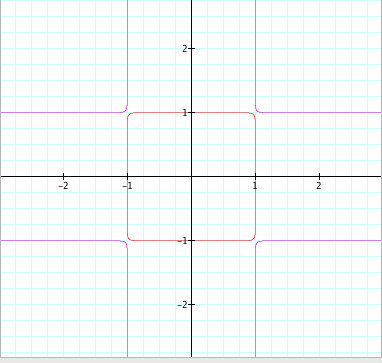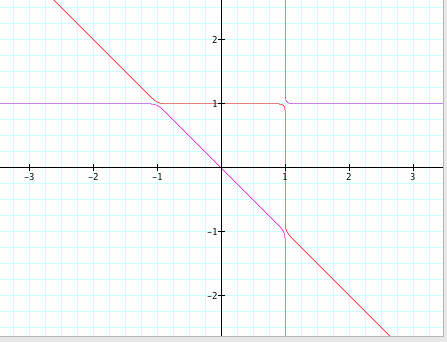

Assignment #1
Problem #9
by
Megan Dickerson
Graphs
![]()
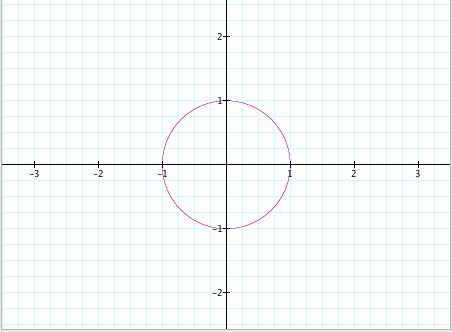
This graph is a circle with radius 1 and center (0,0).
![]()
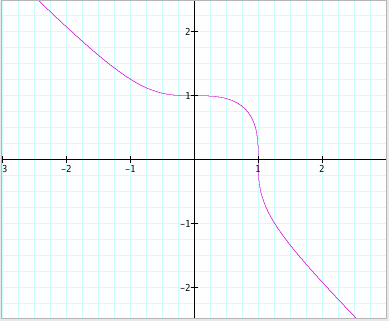
This graph starts as a line with a negative slope and looks as if it will hit the origin, but then at y=1 the line loops up as if it is trying to go around a circle. It comes back down at x=1 and turns back into a line. It is as if the circle opened up where it should have connected in the 3rd quadrant and extended to infinity in the 2nd and 4th quadrant.
![]()
.
This graph is similar to the first graph, but instead of a circle, 4 corners are beginning to assemble.
This graph looks more like a square than a circle but the edges of the "square" are rounded out
![]()
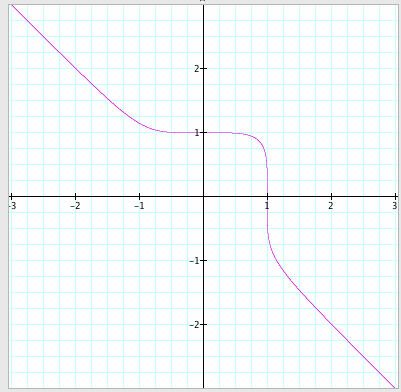
This graph is similar to the second graph but the loop that emerges at y=1 is not quite as rounded. This loop is more pointed but still pretty rounded off. It looks as if it is trying to go around a square.
MYPREDICTIONS:![]()
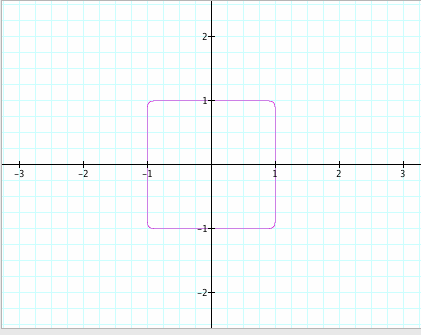
![]()

My predictions held to be true, except the corners of the "square" in ![]() are not as pointed and exact as I had thought they would be. So, I examined the graph of x^100 +y^100 = 1 and was satisfied that the corners of this square are more exact points.
are not as pointed and exact as I had thought they would be. So, I examined the graph of x^100 +y^100 = 1 and was satisfied that the corners of this square are more exact points.
![]()
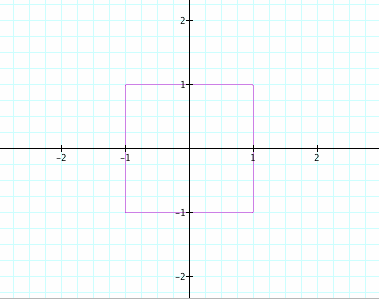
Conclusion:
x^even number + y^even number = 1 is a graph that goes from a circle to a square as the exponent increases in size. The domain is -1 to 1.
x^odd number + y^odd number = 1 is a grpah of a line with negative slope that loops out and becomes more pointed towards (1,1) as the exponent increases in size. The domain is all values of x.
I have always known the equation for a circle. ![]() ; where the squareroot of r is the radius, and (h,k) is the center. However, I did not know that if you increase the exponents of this equation you begin to turn it into a square. When I thought of an equation of a square I think about four seperate linear equations being pieced togethor at their intersections. This assignment has created a connection between circles and squares for me.
; where the squareroot of r is the radius, and (h,k) is the center. However, I did not know that if you increase the exponents of this equation you begin to turn it into a square. When I thought of an equation of a square I think about four seperate linear equations being pieced togethor at their intersections. This assignment has created a connection between circles and squares for me.
Further Explorations
What will happen if I change not only the exponents but the center?

It is a square- like shape with center at (5,2) .
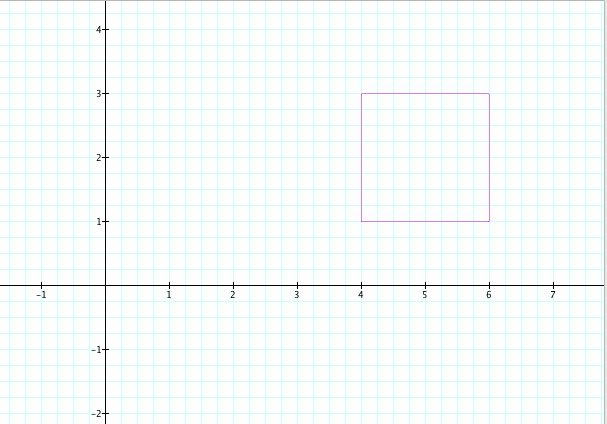
Also, what will happen if I change the r^2.?
If I used the equation ![]() but then replace the 1 with 25, I would assume that like the equation of a circle this would make the square have a "radius" of 5, or side length of 10.
but then replace the 1 with 25, I would assume that like the equation of a circle this would make the square have a "radius" of 5, or side length of 10.

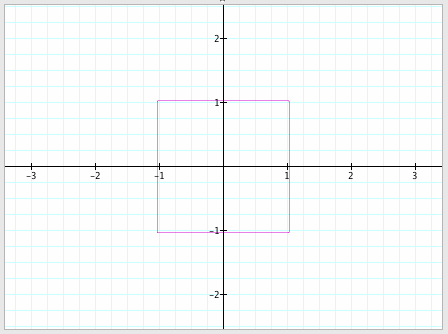
However, this does not occur. The intercepts are not exactly 1 and -1 anymore. They expanded just a little bit, but not what I was expecting. I was expecting the intercepts to be at 5 and -5. This equation then, does not behave just like the equation of a circle.
Another thing to examine is graphs where the exponent is a negative integer.
Look at ![]()
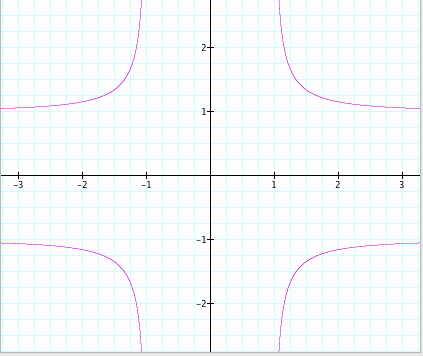
And look at ![]()
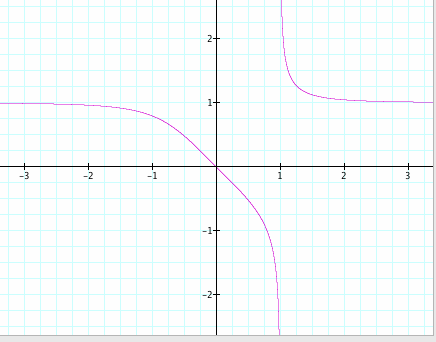
Now look at 2 positve and negative exponent graphs togethor:

